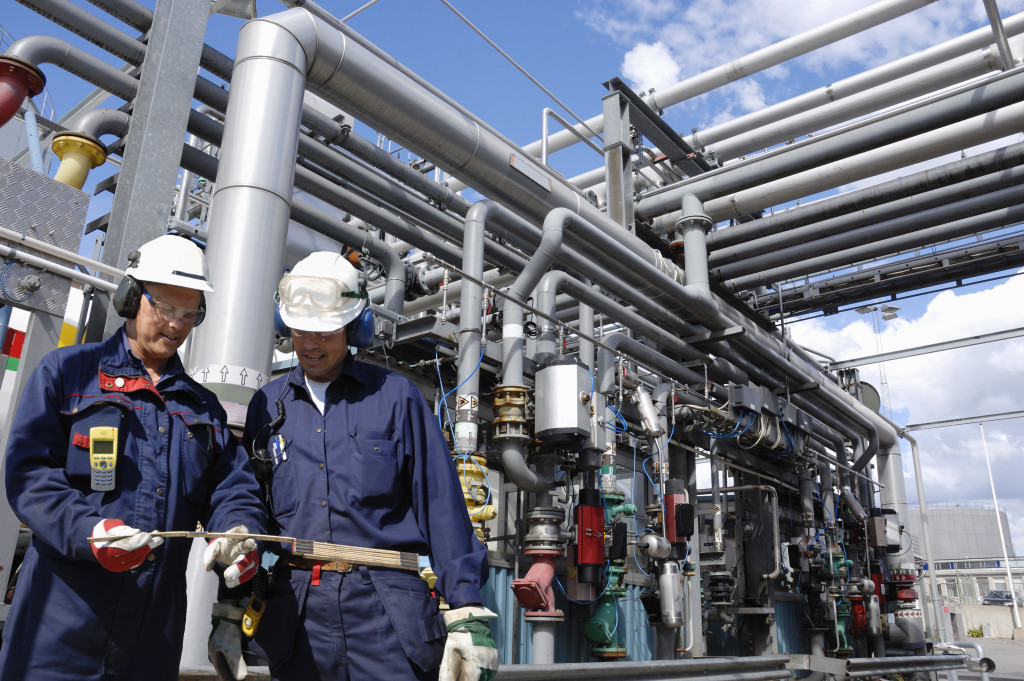When constructing a factory building, there are several factors to consider to create a functional and safe space. The following list includes some of the things to keep in mind during the construction process:
Zoning restrictions
If you are looking to construct a factory building, you need to check with your local zoning office. There may be restrictions that limit the construction of factories in certain areas. However, you may be able to obtain a variance or notable exception from these restrictions if you can show that the factory will not harm the surrounding community.
Permits and inspections
Before starting any construction, you will need to obtain the proper permits. These permits will vary depending on the location and type of factory you want to build. Once the structure is underway, schedule regular inspections with the local building department. This will ensure that everything is being done up to code and help avoid any potential problems.
In most cases, these are the required permits:
- Zoning permit
- Building permit
- Electrical permit
- Plumbing permit
- Fire safety permit
- Ventilation permit
- Lighting permit
- Site preparation permit
- Excavation permit
- Grading permit
- Sidewalk permit
- Street permit
Construction materials
When selecting materials for your factory building, it is essential to choose items that are durable and can withstand the rigors of factory life. Some good options include concrete, steel, or brick. These materials will be able to stand up to the heavy machinery and constant use that is characteristic of a factory setting.
Fire safety
Factory buildings are particularly susceptible to fire hazards due to flammable materials and chemicals. To help prevent a fire from starting, include plenty of fire extinguishers and sprinklers throughout the space. It would help if you also had an evacuation plan in place so that everyone knows what to do in the event of a fire.
Ventilation
 Ventilation is essential in a factory setting to prevent the build-up of fumes and dust. Make sure that there is adequate ventilation throughout the space, and provide employees with respiratory protection if necessary.
Ventilation is essential in a factory setting to prevent the build-up of fumes and dust. Make sure that there is adequate ventilation throughout the space, and provide employees with respiratory protection if necessary.
Lighting
Adequate lighting is necessary for both safety and productivity. Be sure to install plenty of lights throughout the factory so that employees can see what they are doing. You may also want to consider using natural light whenever possible to help reduce energy costs.
Cranes
If you are using large machinery in your factory, you will need to have a fleet of cranes to move the heavy equipment around. Cranes can be rented or leased from various companies, so be sure to shop around for the best deal.
Location
The location of your factory is essential for several reasons. First, you need to make sure that it is in an area zoned for industrial use. Second, you need to consider the proximity to suppliers and customers. Third, you need to think about the transportation infrastructure in the area. Fourth, you need to consider the surrounding community and whether there are any potential concerns about the factory’s impact on them. Fifth, you should consider the climate in the area and whether the factory will be able to withstand extreme weather conditions.
Size
The size of your factory will be determined by several factors, including the type of products you plan on manufacturing, the amount of space you have available, and the number of employees you need to accommodate.
Layout
The layout of your factory is essential for both efficiency and safety. Be sure to plan the design carefully so that employees can move around quickly and safely.
Safety
Safety is a top priority in any factory setting. Be sure to put a comprehensive safety plan in place, including fire extinguishers, sprinklers, and evacuation routes.
Maintenance
Factory buildings require regular maintenance to keep them running smoothly. Be sure to schedule regular check-ups and repairs so that problems can be caught early on.
Here are some building maintenance tips:
- Inspect the machinery and equipment to ensure that it is in good working order.
- Keep flammable materials and chemicals adequately stored.
- Have a comprehensive safety plan in place.
- Make sure that there is adequate ventilation throughout the space.
- Install plenty of lights so that employees can see what they are doing.
- Consider using natural light whenever possible to reduce energy costs.
- Keep the factory clean and organized.
Conclusion
When constructing a factory building, there are several factors to consider to create a space that is both functional and safe. These factors include the choice of materials, fire safety, ventilation, lighting, and the room’s layout. By taking all of these factors into account, you can create a safe and productive factory.




